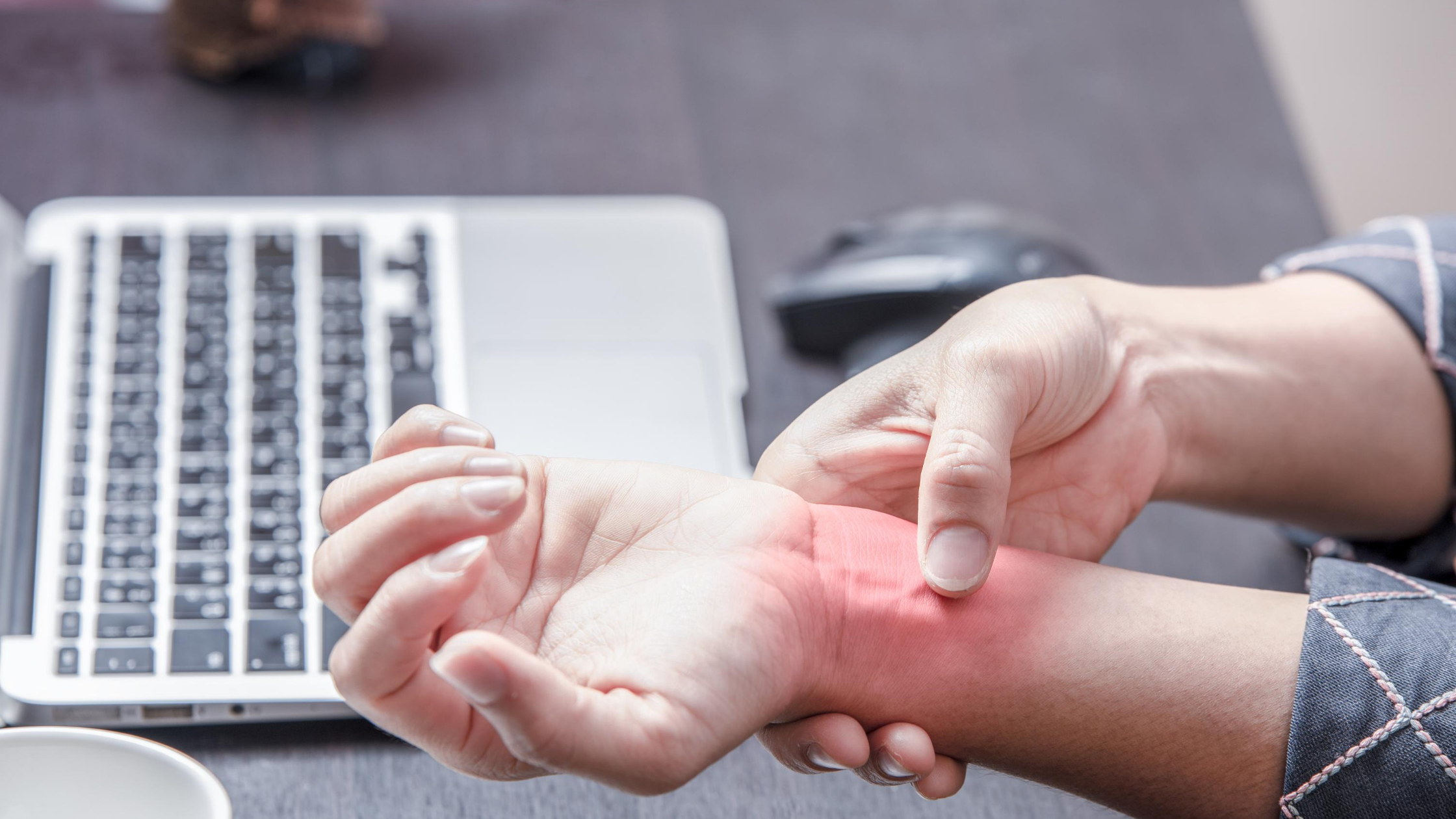Sciatica and hip pain. What is bringing it on and what can we do about it?
There are many factors that can affect these conditions, but let’s talk about some of the seasonal changes that can cause them.
What is bringing it on?
- The Fall to winter weather change
With the fluctuations in the weather, people tend to notice the slight aches that they had before getting worse as the temperature turns cold.
- Cold weather can cause us to tighten
The new cold weather can always mean that we may start to tighten our muscles more causing us to be stiffer.
- Changes in the way we walk
As it gets colder we often change the way we walk. We may start to shorten our strides and again tighten up as we walk due to icy sidewalks or colder than we want weather! This can cause new or increased aches and pains.
We also tend to be more sedentary as it gets colder. If you are anything like me, we don’t have the same motivation to be outside in the cold getting active when we can be warm and cozy inside watching all those Christmas movies.
When we do get to go outside the activities we get to do aren’t so great for the hip or back - like shoveling and snow blowing. 👎
What can we do about it?
1. STAY ACTIVE!
If you catch the pain before it gets too bad, try to stay as active as possible, even as the weather changes. Try doing activities like, short walks (inside or out), snowshoeing, or building a snowman!⛄️
Make sure to add stretching into your regular routine - paying special attention to the hip and back.
2. If you already have significant hip pain or sciatica, finding the proper stretches and activities that reduce your symptoms is key. You shouldn’t have to suffer through severe pain while doing your exercises or activities. This could actually slow down your progress. Make sure to chat with your physiotherapist or health care provider to see if they can help offer you some stretches or exercises that will not be painful.
3. Change positions frequently. If you are less active in the winter or your job requires long periods of sitting, make sure to take breaks to change positions and move around. Our muscles and joints need this regularly in order to avoid being stressed or strained in one position for too long. A great way to do this is by trying some indoor exercise activities such as chair yoga or simple stretches in bed.
















